Joseph McVicker was in big trouble. Kutol Products, his Cincinnati company, manufactured a gummy, doughy product that housewives used to remove coal soot from wallpaper. But now it was 1955. Not only were vinyl wallpapers coming onto the market, but homes were switching from coal stoves to oil and natural gas that burned cleaner. Kutol was fast becoming obsolete.
That might have been the end of it for McVicker were it not for his sister-in-law Kay who happened to be a nursery school teacher. As it turned out, she'd been letting her students use Kutol for craft time. Why, she asked, couldn't Kutol be marketed as a toy?
Guess what? You know the rest of the story. McVicker converted his Cincinnati plant into the Fun Factory, and Kutol became Play-Doh. Last week, Play-Doh turned 60 years old (and celebrated World Play-Doh Day, just in case you missed it). To date, 3 billion cans of Play-Doh have sold, and some 500 million cans are still sold yearly in 80 countries. The colorful dough ("reusable modeling compound" is what parent Hasbro calls it) is in the National Toy Hall of Fame and has made Time magazine's list of the greatest toys of all time.

But perhaps the most surprising thing about Play-Doh is that kids are still playing with it. After all, this holiday season's hot toy list is heavy with tech marvels like the SelfieMic Music Set and Sky Viper Streaming Drone. So how can a glob of water, salt and flour still hold our attention? According to Greg Lombardo, Hasbro's vp of global brand strategy, it's because Play-Doh is really more of a medium than a toy. "Play-Doh allows kids to have totally open-ended creativity," he said. "It's a hands-on, visceral experience, and it really can't be replicated by digital."
Fair enough. But Play-Doh hasn't stuck around this long without some strategic engineering—both on the marketing and product fronts. For example, when McVicker couldn't afford to buy commercial time on TV in the 1950s, he talked Bob Keeshan into featuring it on his Captain Kangaroo show. (McVicker reportedly offered Keeshan a 2 percent cut for the exposure—which made him a pioneer of product placement, too.) The seemingly unchanging Play-Doh has also evolved aesthetically, too. Originally selling in white only, Play-Doh expanded to blue, red and yellow by 1958. Today, the stuff comes in 50 colors and includes sparkles and confetti.
Kids love that stuff, of course, but it's worth noting that many of the "kids" who like Play-Doh are well into middle age and beyond, and they're not just parents playing with their children. At Hasbro's headquarters, Lombardo says, "We use it in meetings all the time. We'll put out a few cans, and it helps with the process of creation. I don't know if people really grow out of Play-Doh."

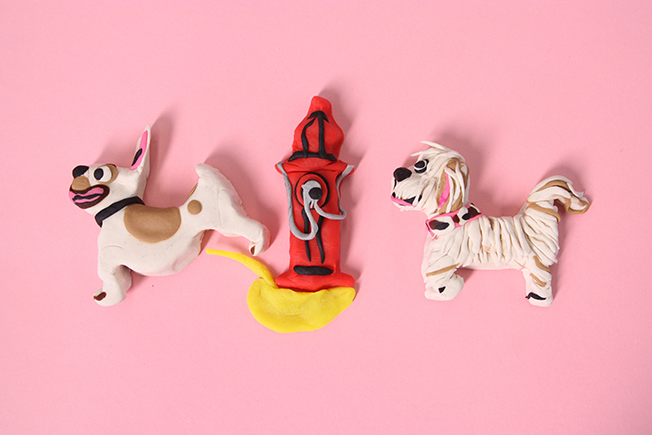
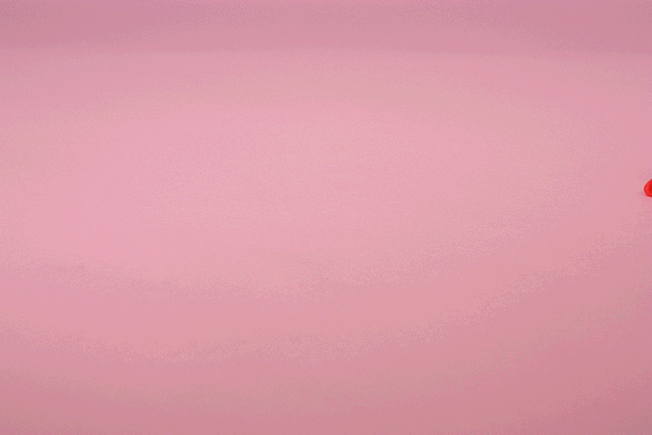
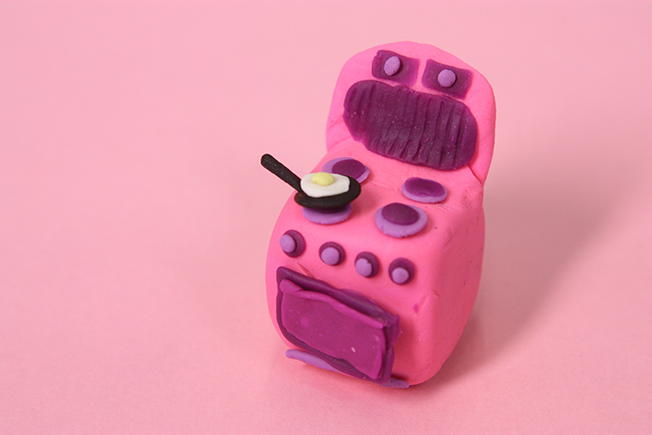
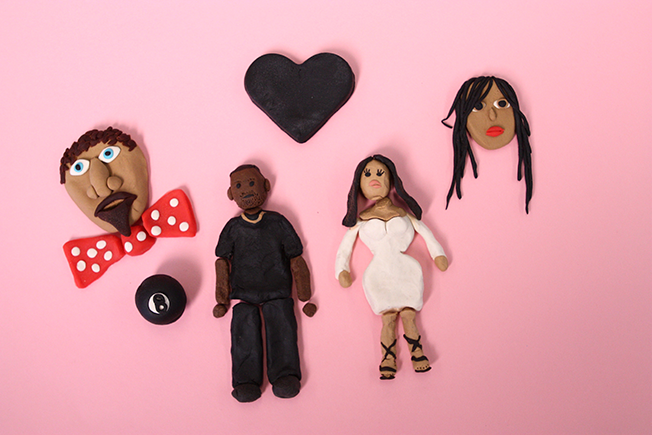
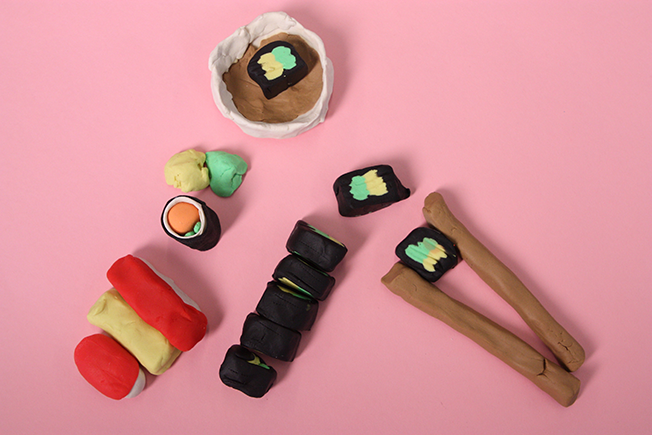
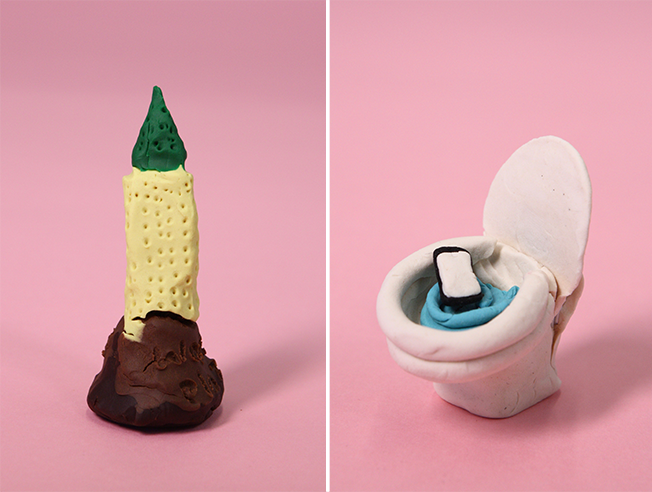




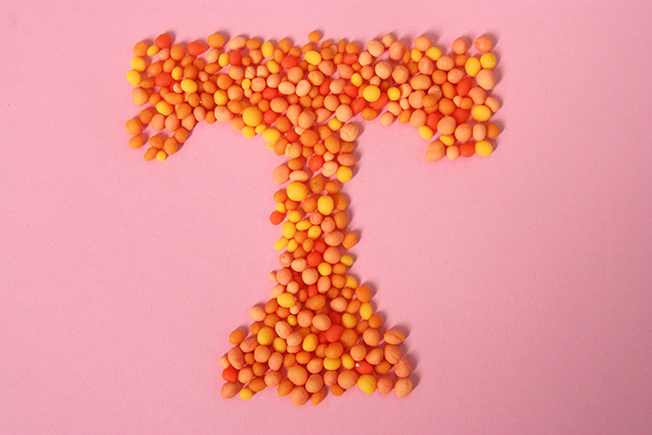
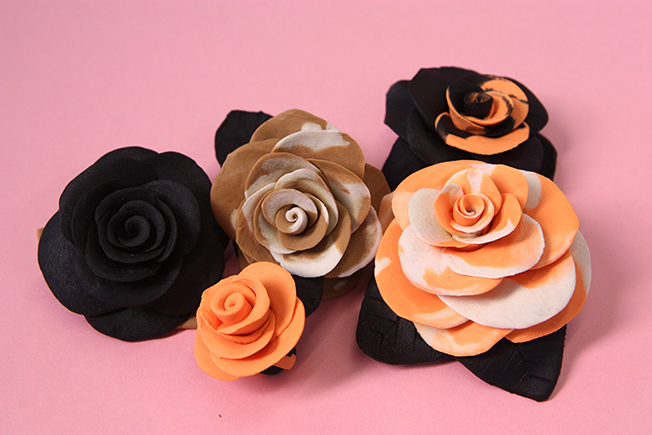


This story first appeared in the September 19, 2016 issue of Adweek magazine.
Click here to subscribe.








